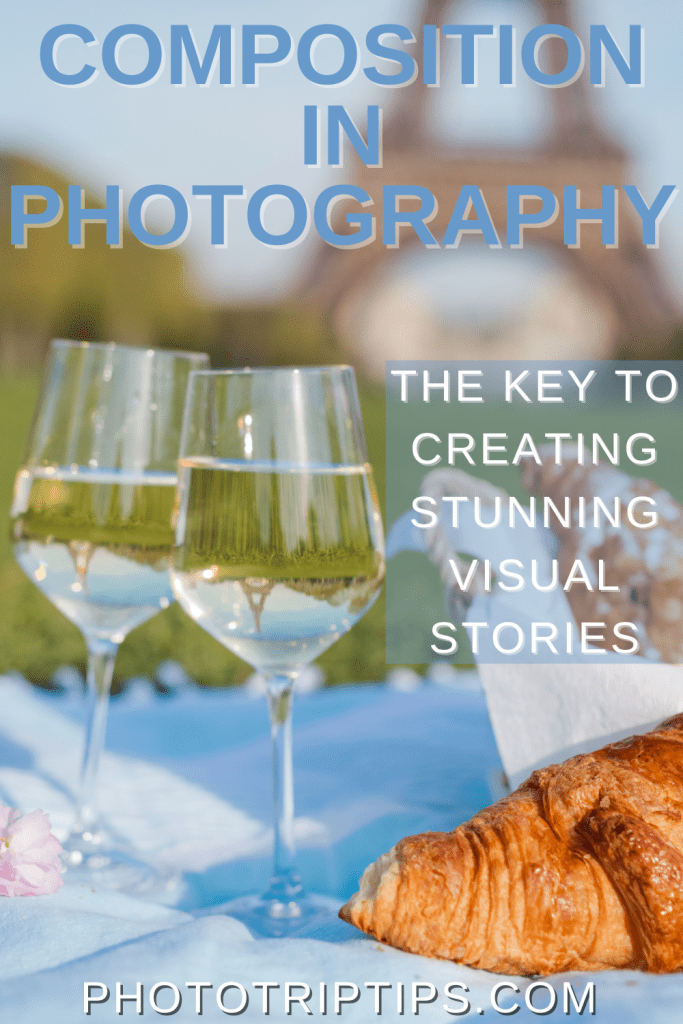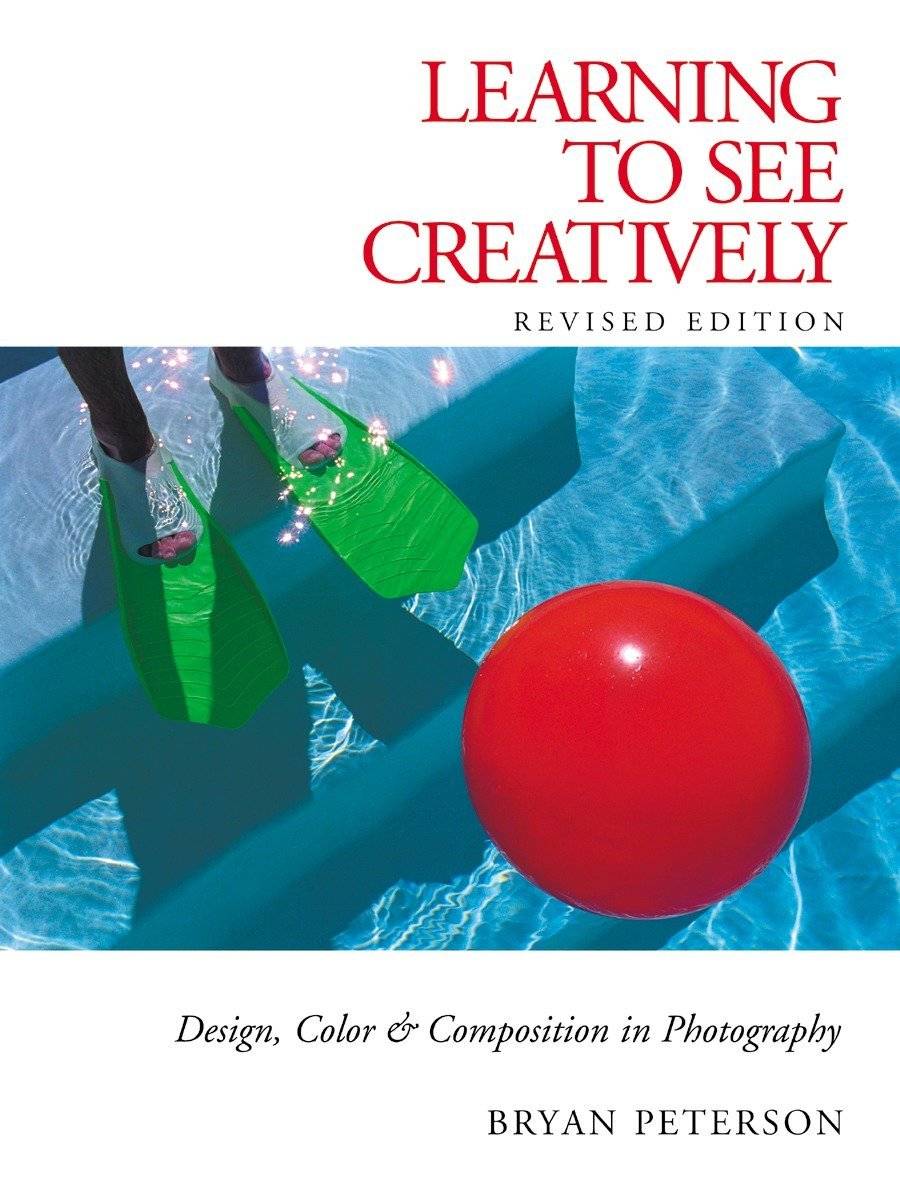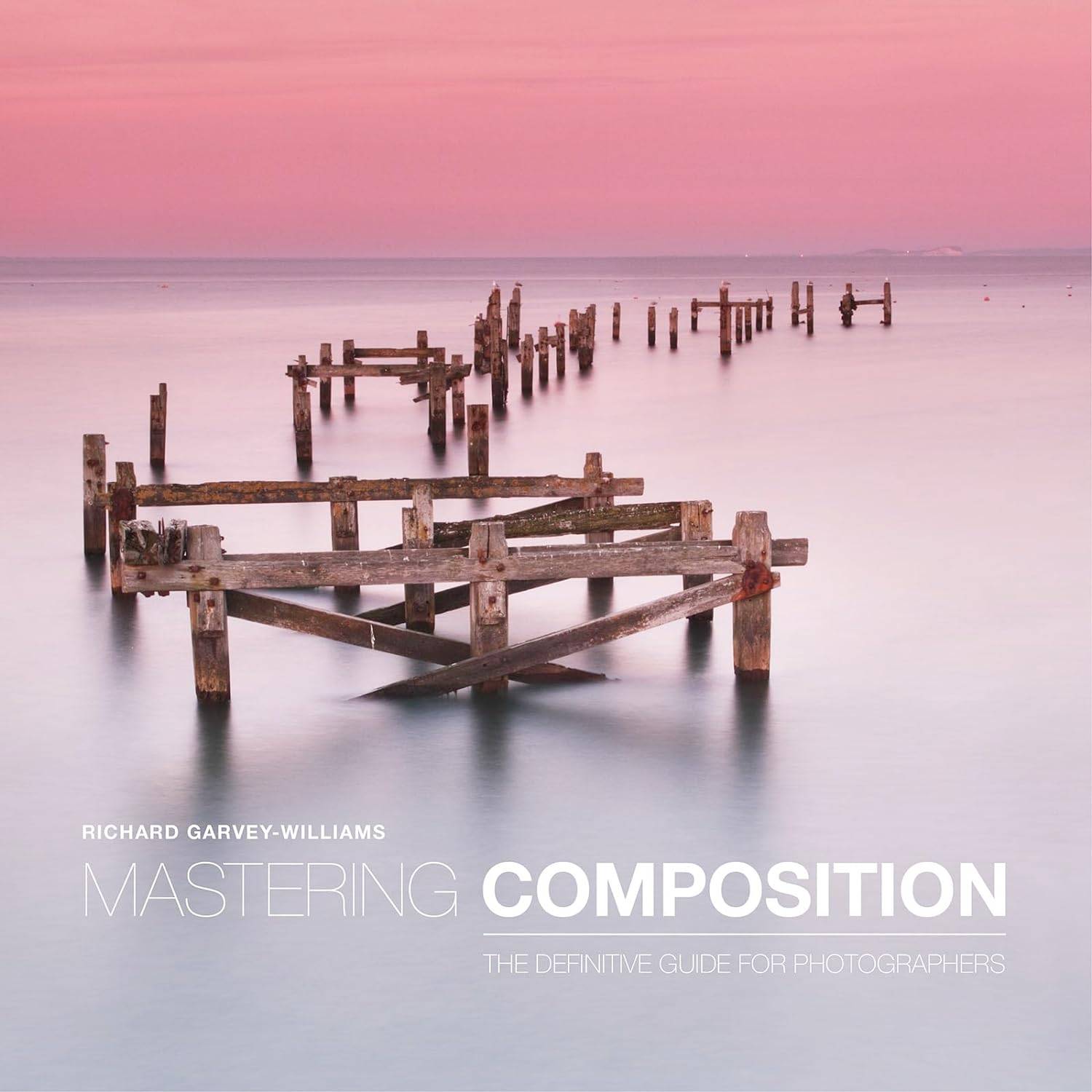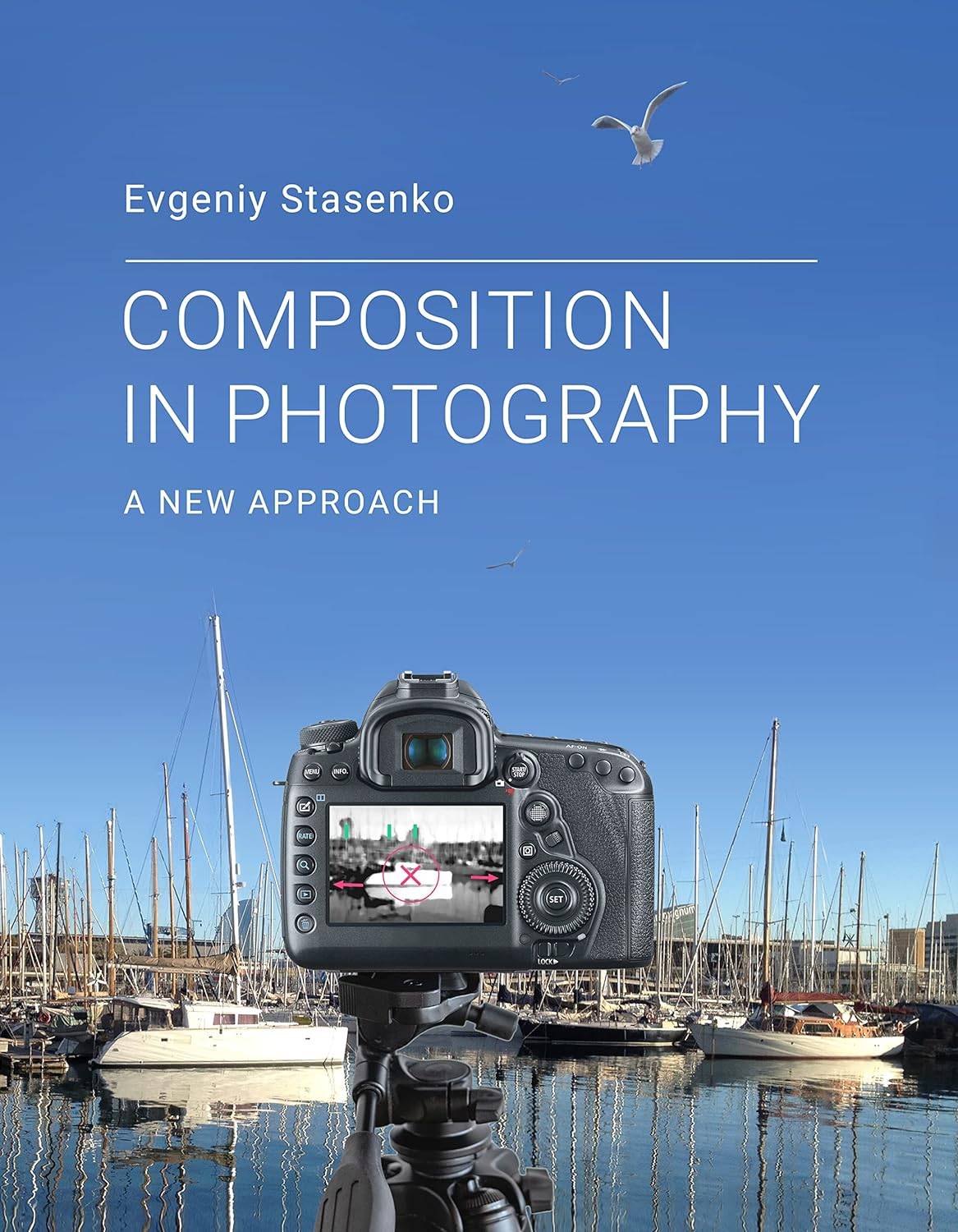Composition in Photography: The Key to Creating Stunning Visual Stories
Composition Unleashed: Transforming Ordinary Shots into Extraordinary Art
Composition is a powerful tool that can transform your photos from ordinary to extraordinary. So, if you’re ready to take your photography skills to the next level, you’re in the right place! Grab your camera, and let’s let’s explore the fascinating world of composition in photography.
I am a participant in the Amazon Services LLC Associates Program, an affiliate advertising program designed to provide a means for me to earn fees by linking to Amazon.com and related sites. This post may contain affiliate links, which means I may receive a commission, at no cost to you, for purchases made using my links. Please see my disclosure to learn more.
Composition is all about how you arrange the elements within your frame to create a visually compelling image. It’s like telling a story through your lens. By understanding and applying composition techniques, you can capture the attention of your viewers and convey your message with impact.
Composition in Photography Rule of Thirds:
Imagine dividing your frame into a 3×3 grid, with two horizontal and two vertical lines. The rule of thirds suggests placing your main subject along these lines or at their intersections. By doing so, you create balance, harmony, and a more visually pleasing composition. It’s a simple yet effective technique to add interest and draw the viewer’s eye to the focal point of your image.
Leading Lines:
Leading lines are powerful compositional elements that guide the viewer’s eye through the photograph. These can be straight, curved, or even implied lines within your scene. By incorporating leading lines, such as a road, a pathway, or a river, you create a sense of depth and perspective, enhancing the overall composition and drawing attention to the subject.
Framing and Composition in Photography:
Framing is like placing a beautiful border around your subject to draw attention to it. You can use natural elements like arches, windows, or branches to frame your subject. By doing so, you create a sense of depth and add layers to your image, making it more engaging and captivating.

Balancing Elements:
Balance is crucial in composition. It ensures that the various elements in your frame work harmoniously together. You can achieve balance by distributing visual weight evenly across your image.
For example, if you have a large subject on one side, balance it out with a smaller subject or negative space on the other side. This creates a pleasing and well-balanced composition.
Point of View:
Changing your perspective can drastically alter the impact of your composition. Don’t be afraid to get down low, climb up high, or try different angles. By experimenting with different points of view, you can find unique and interesting perspectives that breathe life into your photos. It adds a fresh and captivating dimension to your compositions.
Negative Space:
Negative space refers to the empty areas surrounding your subject. It allows your subject to breathe and creates a sense of simplicity and minimalism. Incorporating negative space in your composition can make your subject stand out, evoke emotions, and leave a lasting impression on the viewer.

Rule of Odds:
The rule of odds suggests that odd numbers of elements in a composition are more visually appealing than even numbers. Whether it’s three flowers, five birds, or seven rocks, odd numbers create a sense of asymmetry and balance, making the composition more dynamic and visually interesting.
Symmetry and Patterns:
While asymmetry can be powerful, symmetrical compositions and patterns can also be visually striking. They create a sense of order, stability, and beauty. Look for reflections, architecture, or nature’s patterns to incorporate symmetry into your compositions. It adds a sense of harmony and can produce stunning results.
Final Thoughts on Composition in Photography:
Remember, mastering composition is an ongoing journey of exploration and experimentation. Apply these techniques, but don’t be afraid to break the rules and let your creativity soar. As you practice and refine your skills, you’ll develop a unique visual language that tells your stories through breathtaking photographs. So, grab your camera, go out into the world, and capture the beauty that surrounds you. Happy shooting!











Comments are closed.